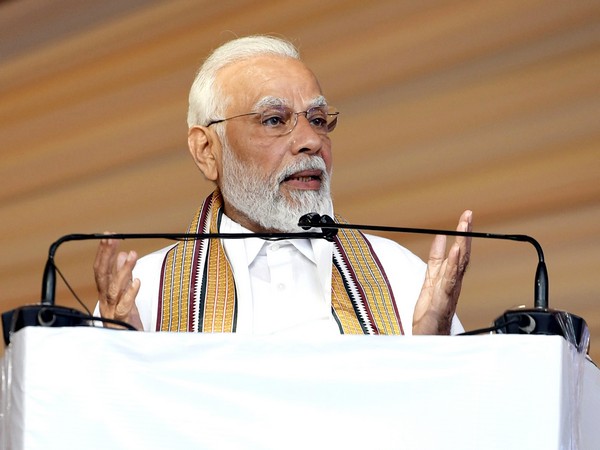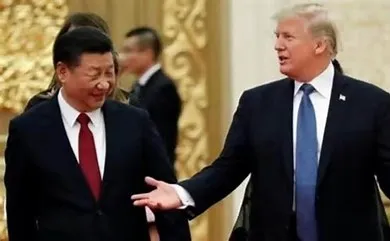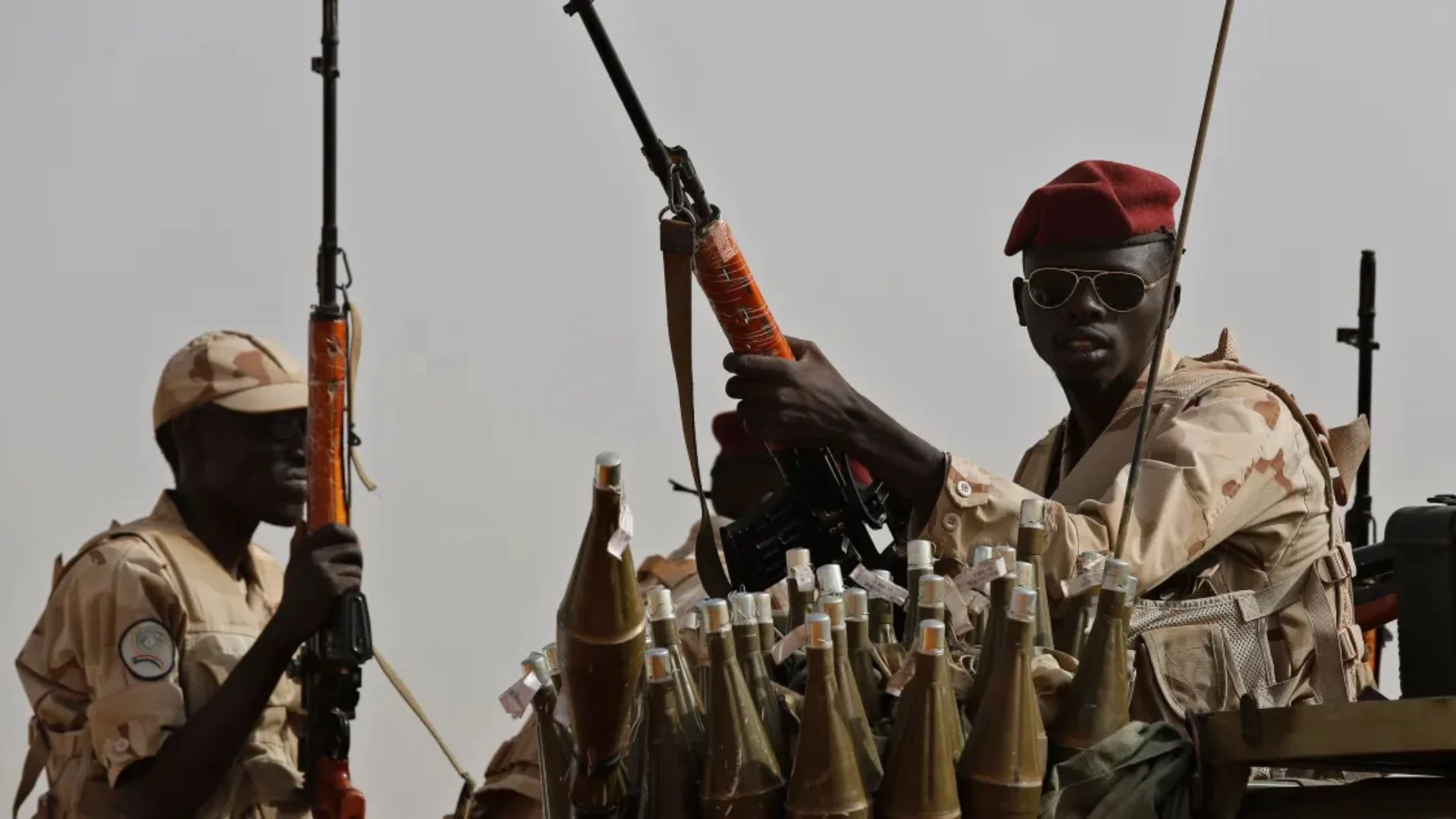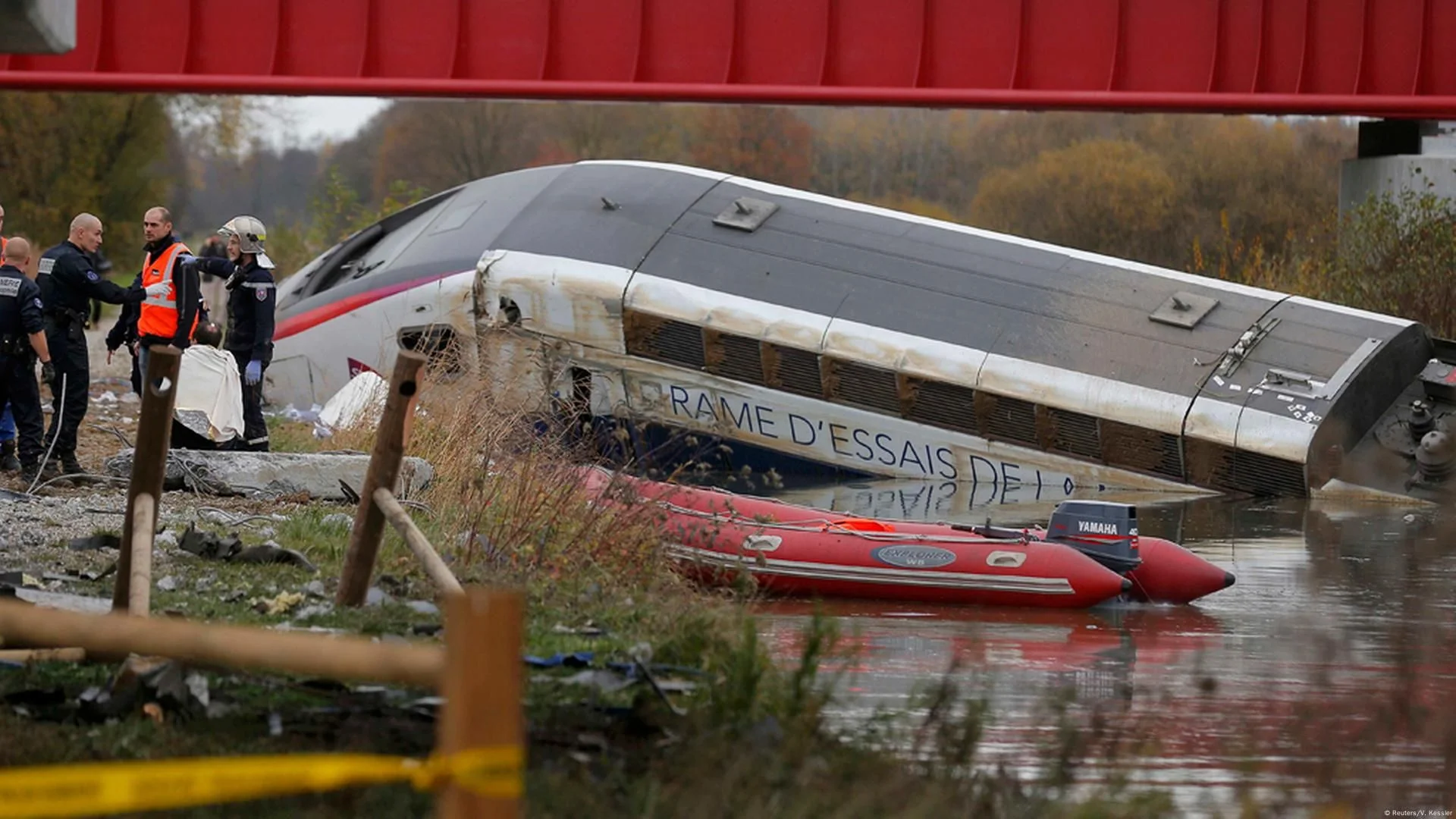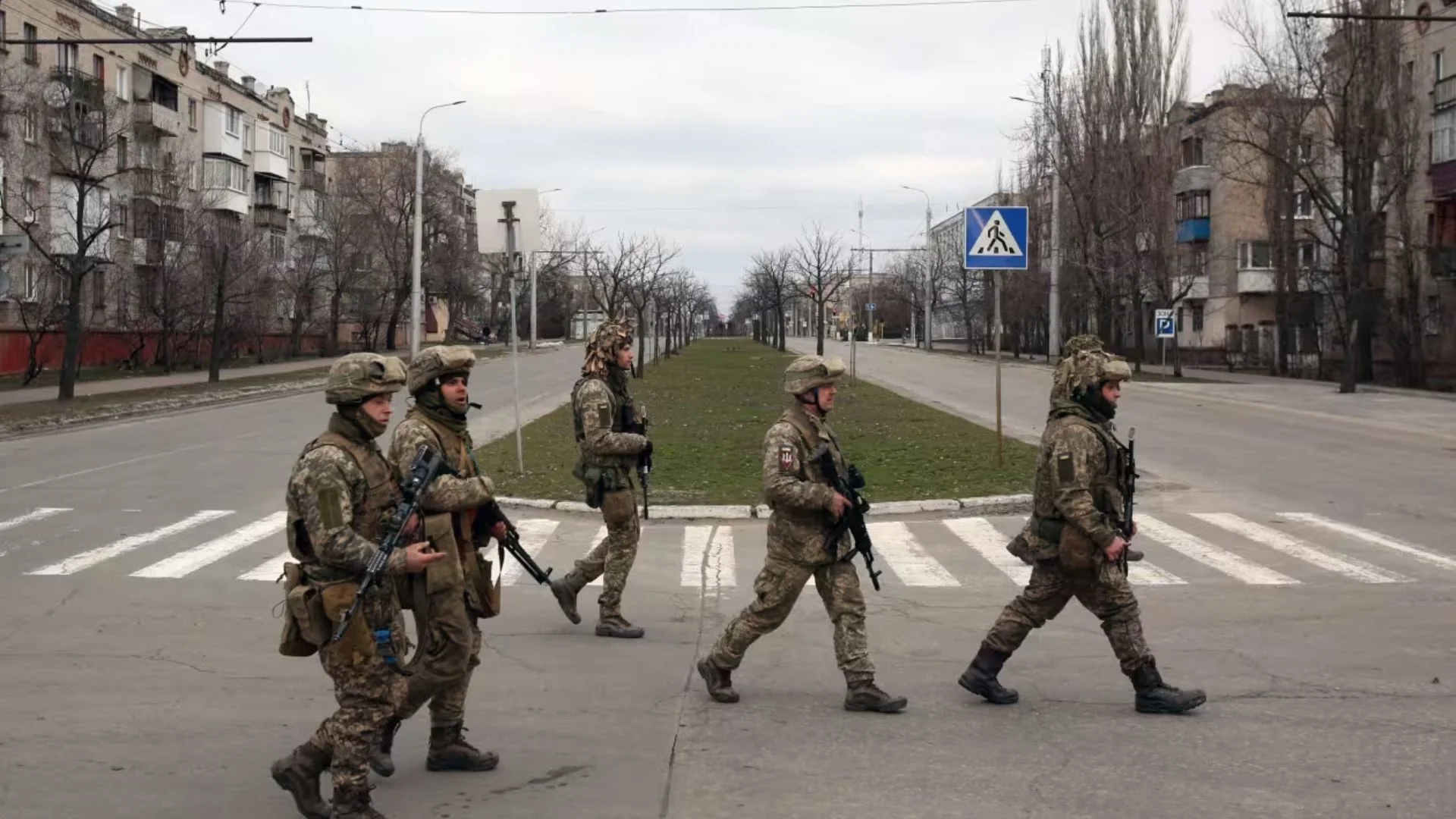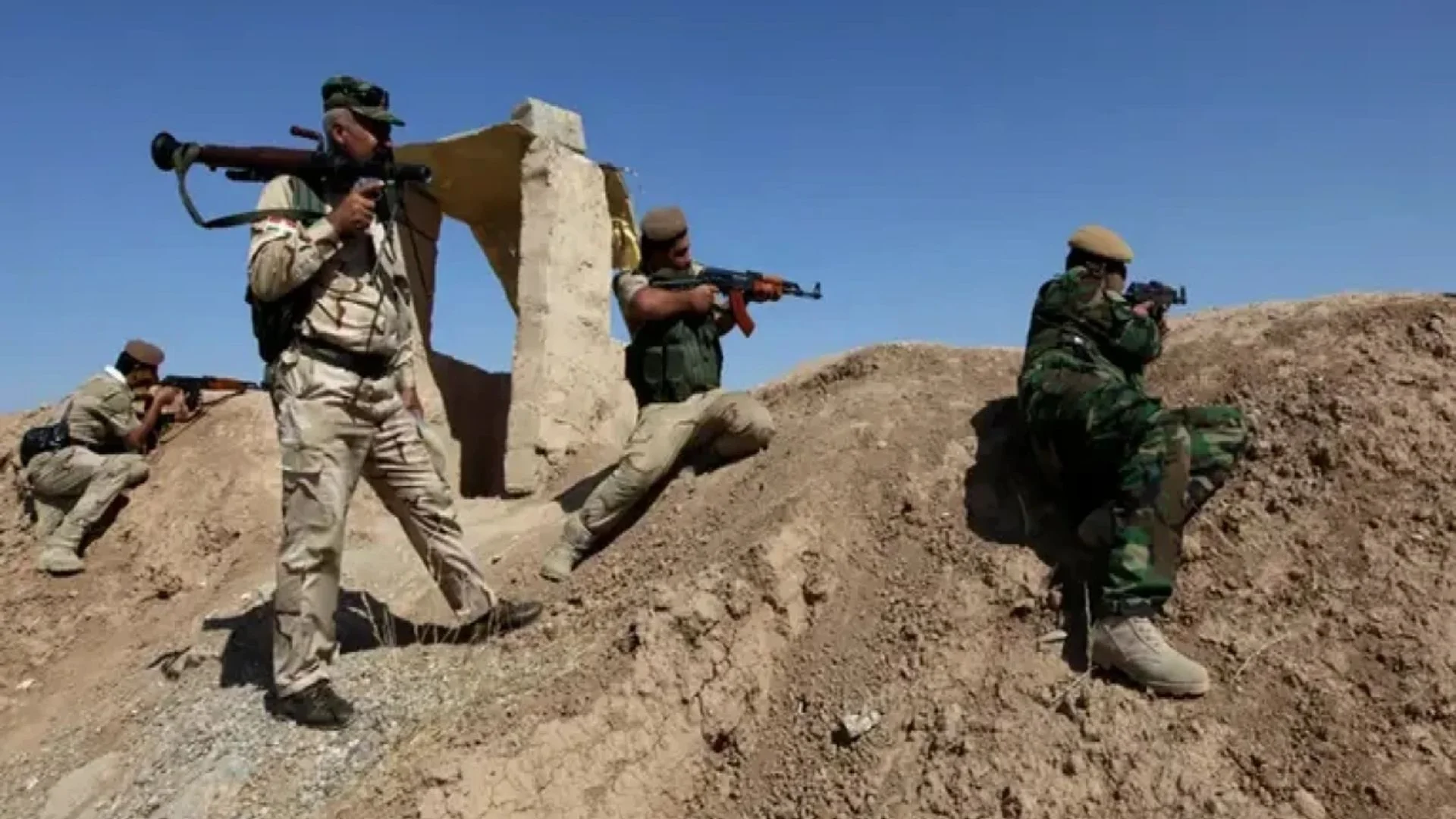Amidst the terrifying pandemic of COVID-19 and the echoes of global economic downturn, the Narendra Modi government has proven through innovation, commitment, and sustained development that nothing is impossible when intentions are noble and determined. Even six decades after attaining independence, India, the world’s largest democratic nation, was still surrounded by challenges – nothing was hidden. After the historic mandate in the 2014 Lok Sabha elections, when the Narendra Modi government took charge at the Centre, the atmosphere in the country was one of despair. The immediate past government had become a victim of policy paralysis, especially affecting the present and future of the youth, leading to increased disillusionment. Hence, the change in power in 2014 was essentially a change in the system, which could rescue the nation from the abyss of disappointment. This task was not easy in a vast country, but even before the campaign began, Modi had initiated the process of instilling confidence among the citizens by discussing the Gujarat model of development. He started convincing the people of the country that they should not doubt India’s capabilities. The people of India are inherently honest and hardworking. If they receive proper leadership and environment, they are capable of overcoming any challenge, no matter how big.
The Narendra Modi government accomplished the first significant task of instilling confidence in the citizens regarding their abilities and then made them stakeholders in the process of development. Even small initiatives can yield significant results, as seen in the examples of cleanliness and the Beti Bachao, Beti Padhao (Save the Girl Child, Educate the Girl Child) campaign. The responsibility of the government cannot be denied, but history is evidence that major social changes come through societal participation. When Prime Minister Modi called upon the citizens to join the cleanliness campaign on Gandhi Jayanti (Gandhi’s birth anniversary), perhaps only a few understood his intent, but the increasing awareness about cleanliness, public participation, and competition among cities for better rankings are proof of its remarkable impact. Gender imbalance, particularly the skewed sex ratio, has been a subject of concern in several states, including Haryana, for a long time. For the first time, a Prime Minister took a unique initiative of social participation in solving this serious problem, and the positive results are evident.
Despite the nationalisation of banks, the banking system in our country, especially for the poor rural population, remained a distant dream. However, the Jan Dhan Yojana (People’s Wealth Scheme) of the Modi government suddenly changed the picture. The success of this scheme and its desired outcomes can be estimated from the fact that it has facilitated the opening of bank accounts for up to 49 crore (490 million) people. The Jan Dhan Yojana is just one example. In the nine years of the Modi government’s tenure so far, the digitization of the economy has been undertaken, and it has played a significant role in curbing corruption while providing impetus to welfare schemes for the people. The result of this transparent transformation is that today, direct money is being transferred to the bank accounts of beneficiaries of various schemes, eliminating the need for intermediaries.
Demonetisation was undertaken as a bold step to combat black money, terrorism funded by it, and the business of narcotics. To realise the concept of “One Nation, One Tax,” the long-pending Goods and Services Tax (GST) was implemented. With the decline in government jobs for various reasons, new avenues for self-employment have been opened through initiatives like Startup India and Mudra Loans, which play a crucial role not only in creating new employment opportunities but also in realizing the dream of a self-reliant India. Through the Pradhan Mantri Awas Yojana (Prime Minister’s Housing Scheme), the homeless are getting homes, and through the Saubhagya Yojana, they are also getting access to electricity. The Ujjwala Yojana has provided gas connections in the kitchens of the poor and freed them from harmful smoke for their health.
Ayushman Bharat ensures healthcare facilities for all through its implementation. It is the result of Prime Minister Narendra Modi and his Bharatiya Janata Party (BJP) government’s commitment to public welfare that villages, the poor, agriculture, and farmers have also been made participants in the journey of this holistic development. The PM-Kisan Samman Nidhi (Prime Minister’s Farmer Honour Fund) is directly deposited into the accounts of farmers. The provision of free rations for approximately 80 crore (800 million) poor people, which began during the time of the COVID-19 pandemic, is still ongoing. Criticism is easy, but the way the Modi government dealt with the COVID-19 pandemic received praise from developed nations. Developing Indian vaccines for COVID-19 at a rapid pace and efficiently vaccinating a vast population was possible due to the government’s strong determination, commitment, and dedication to the field of medicine. We not only vaccinated our own citizens but also provided vaccines to other countries in line with the principle of “Vasudhaiva Kutumbakam” (the world is one family) and in accordance with our cultural values.
In the past nine years, several steps have been taken that have transformed the country’s situation and direction. Under the provisions of Article 370, Jammu and Kashmir had been suffering from a dual system of governance, even after seven decades of independence. The Modi government fulfilled its commitment to ending this situation. Muslim sisters also got relief from inhumane practices like triple talaq during this period. The initiative to provide Indian citizenship through the Citizenship Amendment Act (CAA) has allowed Hindus, Sikhs, Jains, Parsis, Buddhists, and Christians who faced persecution in other countries to seek refuge in India. Additionally, a strong response to cross-border terrorism has sent a clear message that this is a new India capable of striking even inside the enemy’s territory. We have endured the dominance of developed countries in the past but now India’s image has transformed under the leadership of a global leader, with even developed nations, including those that have faced crises like the Russia-Ukraine conflict, looking at us with hopeful eyes.
In essence, during the nine-year tenure of the Modi government, India has accelerated its journey to regain its old identity as a world guru (global leader). It can confidently be said that with the vigilant and active cooperation of the citizens, this journey will continue in the future.
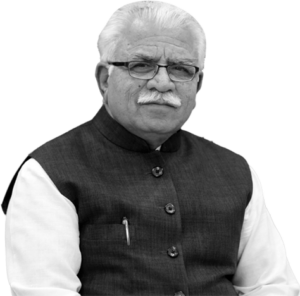
Manohar Lal Khattar is Chief Minister of Haryana.

